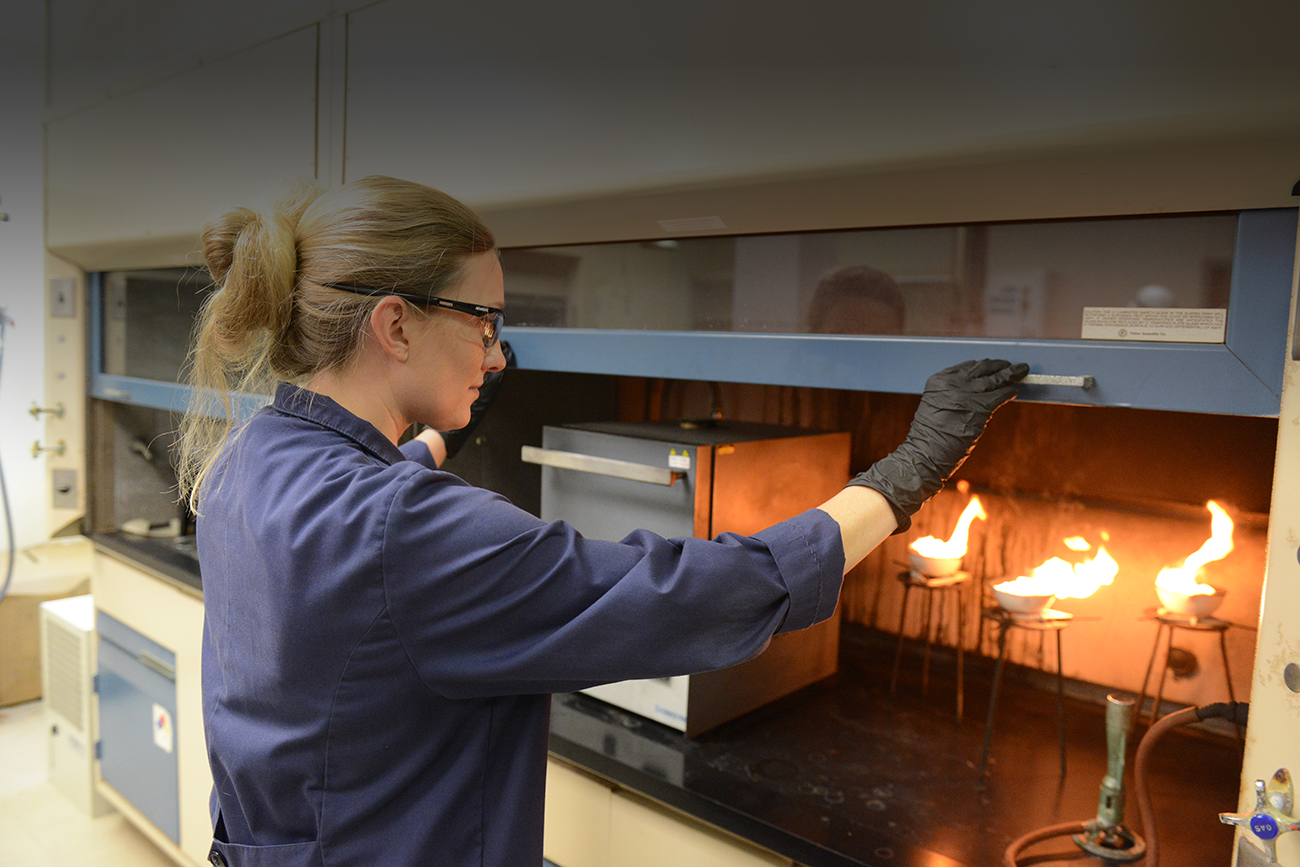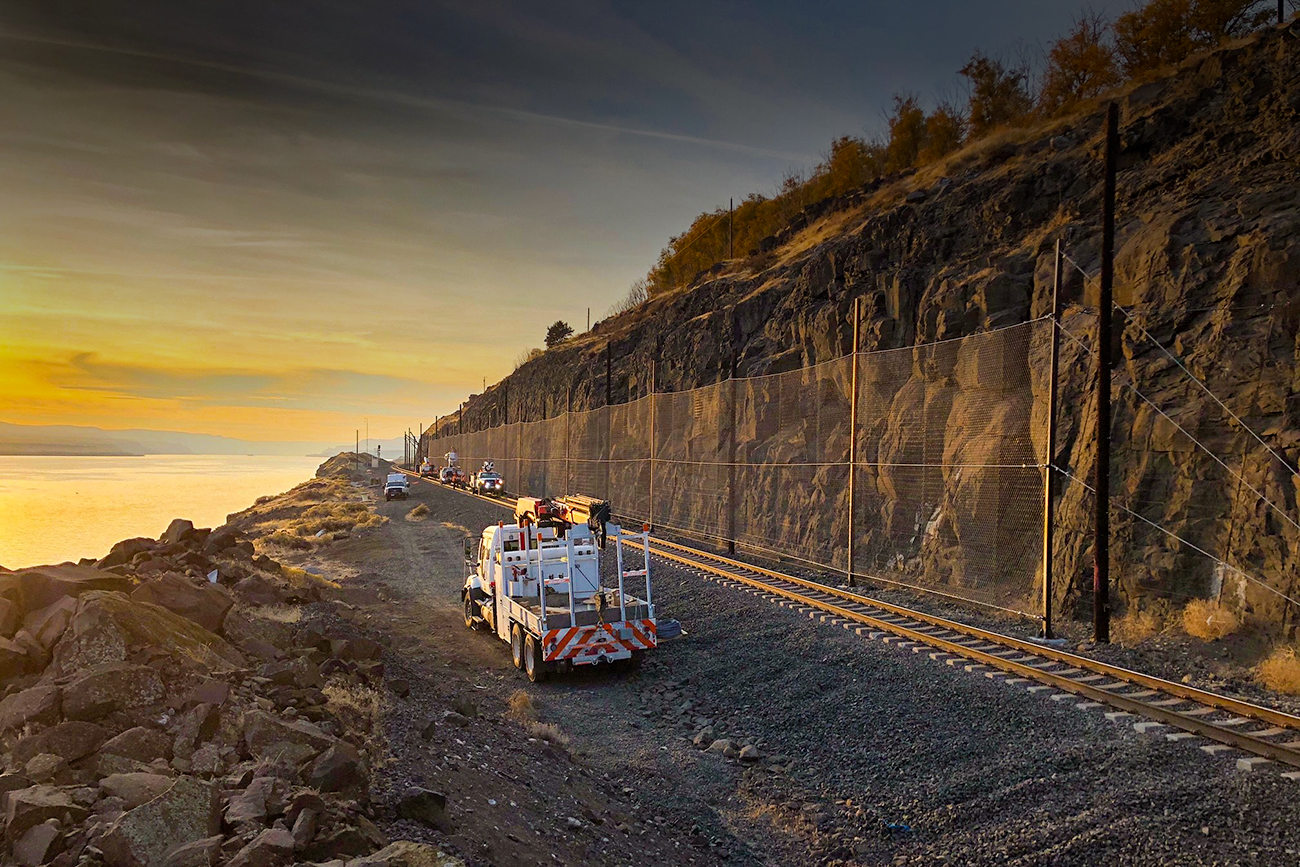Sounding the horn for grade-crossing safety

The ABCs of railroad crossing safety are really the EEEs: Education, Enforcement and Engineering. Thanks to a focus on all three, the number of train/motor vehicle collisions in the U.S. has fallen 84 percent – from a 1972 high of about 12,000 annual incidents to approximately 1,900 incidents in 2020.
But there are still too many incidents. In the U.S., a person or vehicle is hit by a train every three hours, according to Operation Lifesaver Inc. (OLI), a non-profit rail safety education organization. Rail Safety Week, which runs Sept. 20-26, is an opportunity for OLI and the rail industry to raise awareness about railroad safety, primarily through two Es: education and enforcement.
Engineering, the third E, is an important factor for communities as they work through crossing projects. Since 2000, BNSF, working with municipalities and private landowners, has closed more than 6,000 of our at-grade crossings, permanently eliminating the possibility of a collision at these locations. Partnering with state and local governments to identify crossings that can be converted to overpasses and underpasses achieves similar results.
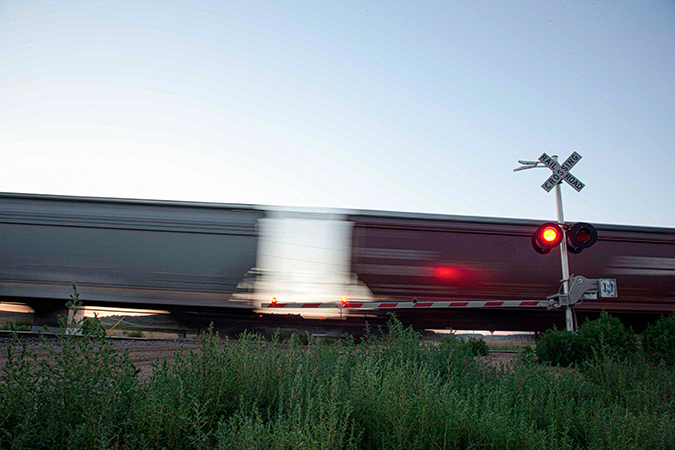
Engineering crossings with traffic control signs, like crossbucks, pavement markings and flashing lights and gates are also safety measures that are used to warn the motoring public. BNSF participates with the Federal Railroad Administration (FRA) in reviewing communities’ crossing projects to encourage the implementation of these safety devices. These, together with the sounding of a train horn by the locomotive engineer, warn motorists that a train is approaching.
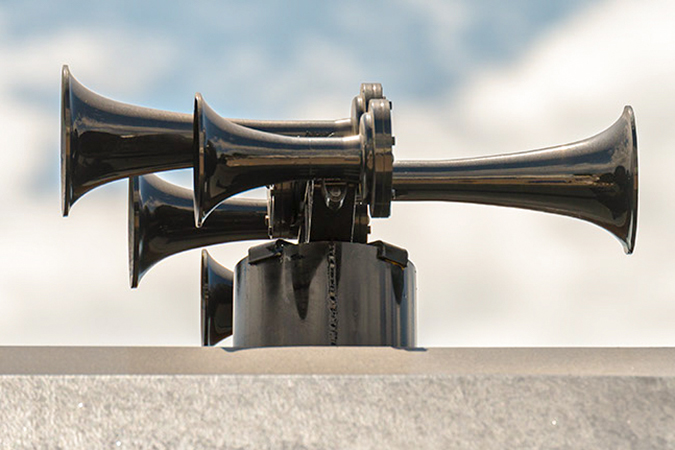
“Many people don’t realize that, with a few exceptions, locomotive engineers are required by federal regulations to sound train horns in advance of all public grade crossings, day or night,” said BNSF Vice President of Safety, Training and Operations Support Mark Schulze. “Train horns can and do save lives.”
One of the exceptions for silencing train horns is known as a quiet zone. In accordance with a statutory mandate, FRA issued regulations that took effect in 2005 that provide local communities the option of silencing train horns by establishing quiet zones
“Only the FRA can grant a quiet zone,” explained Paul Cristina, BNSF’s director, Public Projects. “The process starts with community leaders, who can refer to the FRA for how to create a quiet zone. While the routine sounding of the train horn is eliminated by the quiet zone, BNSF is still a proponent of train horns, which are intended to alert the motoring and pedestrian public of train movement.”
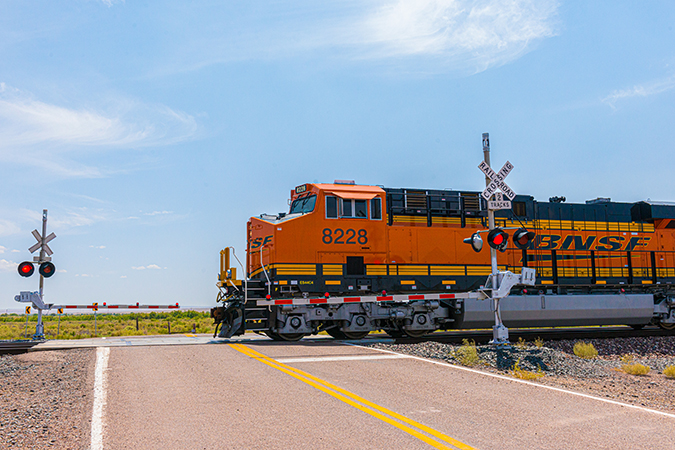
To quiet or not to quiet? Communities considering a quiet zone should be aware that a nationwide study showed a significant increase in collisions at crossings equipped with flashing gates and lights where train horns are not routinely sounded. BNSF strongly recommends communities ensure that each crossing receives appropriate enhanced safety devices to accommodate for removal of the horn prior to the establishment of a quiet zone, including the use of wayside horns.
BNSF is proud to lead the industry in grade-crossing safety with the lowest grade-crossing incident frequency ratio among American Class I railroads. We attribute our leadership in this important safety measure to cooperating and partnering with community leaders who share the desire to improve safety through infrastructure enhancement projects across our network.
With the continued emphasis on the three Es: Education, Enforcement and Engineering, communities, railroads and the motoring public can continue to reduce train/vehicle incidents.
“Rail Safety Week is important, but we think that every day of every week should be about rail safety,” said Schulze.
Did You Know?
The following are grade-crossing safety tips to consider every time you approach a railroad crossing:
- Never drive or walk around lowered grade crossing gates.
- Never attempt to outrun an approaching train.
- Never stop your vehicle on a grade crossing waiting for traffic to move.
- Never begin to drive across the tracks unless you can get all the way across.
- If needed, utilize the Emergency Notification System (ENS) number 24 hours a day to report problems at the crossing. Look for the number on the blue sign near the crossing or on the crossbuck.
- Always remember a train can take a mile or more to stop.
- Always know that the average train is three feet wider than the track on each side.
- Always slow down and stop your vehicle prior to train tracks when lights begin to flash.
For more safety tips, visit www.oli.org.
